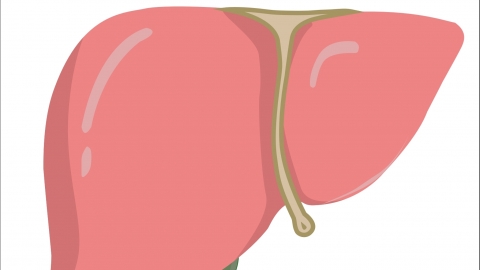Can gallbladder polyps be left untreated?
Generally, gallbladder polyps refer to benign protruding lesions on the gallbladder wall, most commonly cholesterol polyps or inflammatory polyps. Whether gallbladder polyps can be left untreated depends on a comprehensive assessment of factors such as the size, nature, and associated symptoms of the polyp. If discomfort occurs, it is recommended to seek medical attention promptly for a definitive diagnosis through examinations like ultrasound. The specific analysis is as follows:

If the gallbladder polyp is less than 1 cm in diameter, appears benign on ultrasound, and the patient has no symptoms such as abdominal pain or bloating, special treatment may not be necessary at this time. These polyps typically grow slowly and carry a low risk of malignant transformation. As long as regular follow-up ultrasounds are performed to monitor changes in the size and shape of the polyp, they generally do not significantly affect health and do not require excessive intervention.
If the gallbladder polyp is larger than 1 cm in diameter, if the ultrasound suggests suspicious characteristics, or if the patient already experiences symptoms such as right upper abdominal pain or nausea, the condition should not be ignored. Larger polyps have a higher risk of malignancy, and polyps with suspicious features may pose potential risks. The presence of symptoms indicates that the polyp may be affecting gallbladder function. Without timely management, the condition could worsen or lead to other complications, so prompt medical evaluation and a treatment plan are necessary.
After detection of a gallbladder polyp, regardless of whether immediate treatment is required, patients should follow their doctor’s advice for regular follow-up exams, typically every 6–12 months. Daily habits should include a light diet, avoiding excessive intake of high-fat and high-cholesterol foods, maintaining regular sleep patterns, and avoiding late nights and overexertion. If a follow-up reveals sudden growth of the polyp or the onset of new symptoms, immediate medical attention should be sought without delay.




